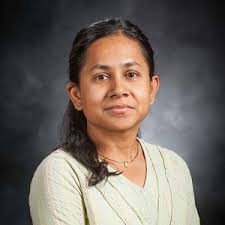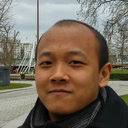
Title: Construction and properties of certain real multi-angle tight frames
Date and Place: 18th February 2021 14:00 – link
Speaker: Prof. Somantika Datta (Univ. Idaho, USA)
Abstract:
Frames are now standard tools in signal processing, and have applications ranging from compressed sensing, to communication systems and quantum sensing. Designing frames with some special structure such as equiangularity and tightness is highly desirable in applications. However, constructing equiangular tight frames (ETFs) with a given size in a specific dimension can be difficult or impossible in some cases. This leads one to consider the construction of frames with few distinct angles among pairs of frame vectors. In the special case of d+1 vectors in a d-dimensional space, it is well known that the vertices of a regular simplex will give an ETF. Using this, we will show a specific construction which, for a given dimension d and integer 1 < k ≤ d, gives a real unit norm tight frame such that the number of distinct angles among the vectors is bounded above by k. We will present several properties of this multi-angle tight frame. We also show how one can strategically choose subsets of such a multi-angle tight frame that will be equiangular or orthogonal. This property is meaningful in the context of erasures. We will also discuss a connection between certain unit norm tight frames with three angles and adjacency matrices of regular graphs.
Biography:
Somantika Datta is an associate professor of mathematics at the University of Idaho. She received a Ph.D. in mathematics from the University of Maryland, College Park. This was followed by postdoctoral positions at Arizona State University and Princeton University. Her research interests lie in the area of applied harmonic analysis with focus on frame theory and applications in signal processing.

